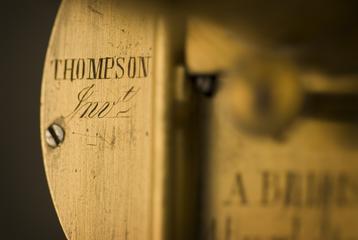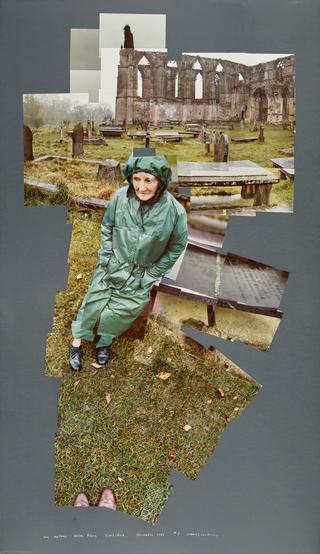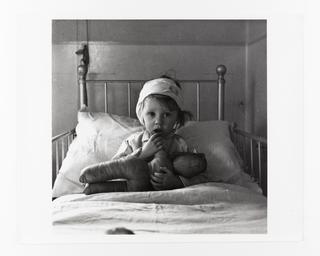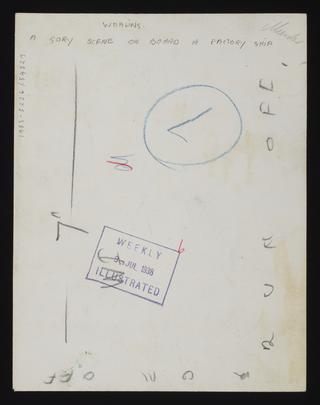
Experimental glyph copper plate of dandelion seeds 'Taraxacum officinale'
- Made:
- 1852-1864 in United Kingdom
- maker:
- William Henry Fox Talbot
Etchings with resin ground (1852-1864). Experimental glyph copper plate (copper with traces of Vanadium, Arsenic and Lead). Seeds, 5 inch x 3 3/4 inch, with proof. Dandelion Seeds, 'Taraxacum officinale' (Kraus, 'Sun Pictures', Catalogue 12). With proof.
Talbot was the English inventor of photography. Spurred on by frustration at his inability to draw accurately, he saw the potential for using new photographic processes to capture botanical detail. He developed a technique called photoglyphic engraving, intended to overcome the fact that some of his early experimental photographs faded. Photoglyphs used sensitised gelatine to fix the image to the surface of a metal plate that could then be etched, inked and printed onto paper. He tried using a range of English flora.
Details
- Category:
- Photographs
- Object Number:
- 1937-471
- Materials:
- copper (metal)
- Measurements:
-
plate: 127 mm x 95 mm
- type:
- photomicroscopy, photoglyph and proof
- credit:
- The National Media Museum, Bradford



